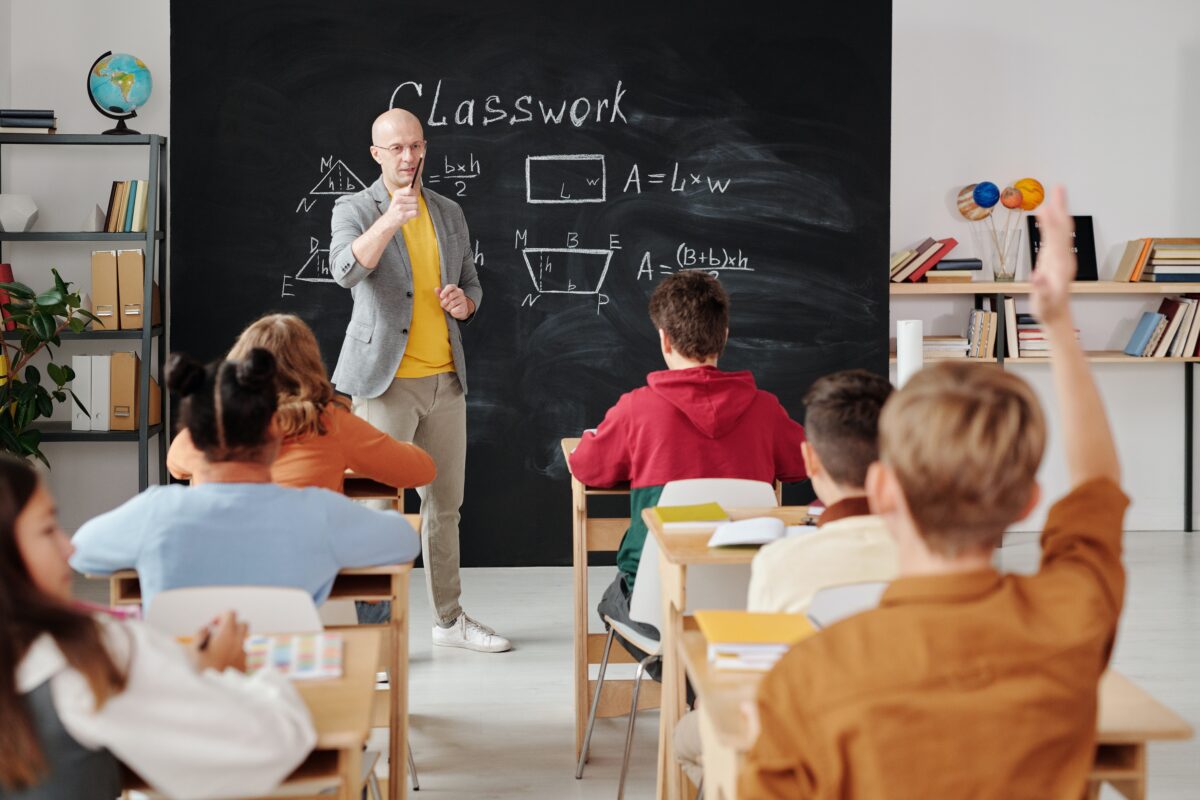Today it is indispensable in the life of a 12-year-old child: the smartphone. What a difference that is with 15 years ago. From personal experience I can say that it was different at the time. If you had some time for yourself back in those days, you would simply watch TV or go outside to play football. Nowadays, however, the phone is indispensable, for both young and old. In fact, millions of people around the globe are addicted to their phones. Most pupils bring along their smartphone to their school as well. But does this actually have negative consequences? Or could it also be that the use of a smartphone in the classroom actually stimulates the performance of the students (if used properly)?
A 2013 study from the Journal of Communication Education found that banning phones in class leads to a 62 percent increase in students taking notes and remembering more of what teachers explain in class. Researchers at the London School of Economics have also found that a smartphone ban leads to higher scores for tests, especially among poorly performing students (Kuznekoff & Titsworth, 2013).
It therefore seems that smartphone usage mainly has negative consequences. However, there is certainly also a positive side to smartphone usage regarding learning objectives! Consider, for example, increasing the interactivity within a class with the use of an app like Kahoot. It is difficult to keep a class of 150 students interactive. Using this app stimulates the participation and interaction between pupils and the teacher.
In 2019 Google launched an app called Read Along. This app has been developed with the aim of improving children’s reading skills. By means of speech recognition, the app listens to a child reading and then provides feedback accordingly. The app can even explain the meaning of certain words. To motivate the children to be more dedicated to learn, there are also in-app rewards to be earned (Hyder, Z., 2020).
In addition, there are various apps that ensure learning a new language at your own pace, in contrast to language courses. An example of a new development among the apps of language learning is the app called “Read My World”. With this app, users can take pictures of objects around them. By means of computer vision technology, the app recognizes the objects on the photo and translates these objects into the desired language. This makes learning a new language a bit more fun (Microsoft, 2019)!
All in all, in my opinion, it is currently more sensible to let children use their smartphone mainly outside of their school lessons. However, that doesn’t mean that a smartphone can’t be useful for learning new things. In contrast! The smartphone can be a great way to convey languages and other learning material to the students in an interactive and fun way. In the current global pandemic, online learning material has already proven to be a very strong alternative. New software and hardware will continue to develop so that more and more learning opportunities arise through technology. Smartphones are on the way to becoming the norm in the classroom.
What do you think? Should smartphone usage in class be banned? Or do you think schools should in stead support smartphone usage to provide pupils with another dimension of learning and to familiarize the children with the technology?
References:
Hyder, Z. (2020, mei 7). Kids Can Learn At Home with Read Along by Google—The Keyword. https://blog.google/outreach-initiatives/education/early-access-read-along/
Kuznekoff, J. H., & Titsworth, S. (2013). The Impact of Mobile Phone Usage on Student Learning. Communication Education, 62(3), 233–252. https://doi.org/10.1080/03634523.2013.767917
Microsoft. (2019). Read My World. Microsoft Garage. https://www.microsoft.com/en-us/garage/profiles/read-my-world/


Dear Dennis,
I really enjoyed your article. In my high school smartphones were banned and looking back I believe it was for the best. In fact, during recess, no one would be on their phones and instead we would be conversing or playing which each other. Nowadays children have the reflex of going on their phones and do not directly socialize as much. However I believe that this is a part of school that is as much of importance. On the other hand, you mention some very interesting way of learning on your phone. However I still believe that this should only be done at home, and could even be one of the homework assigned by the teachers. In that way children will also realize that their phones could also be used to learn and not only play.
Hello Dennis.
Thank you for posting a blog on the smartphone usage in the classroom. I enjoyed reading it.
I would say that smartphones hamper learning as they are part of our everyday lives. Phones are distracting, addictive and anxiety-inducing, and should therefore not be linked with educational purposes. Smartphones also increase inequality; not all parents could afford to buy the newest Iphone for their children. Instead, I would suggest that the Ipad (or a similar device) could be a great equalizer, in terms of giving all children from all sorts of socioeconomic backgrounds the same device, with the same advantages and disadvantages. What do you think?